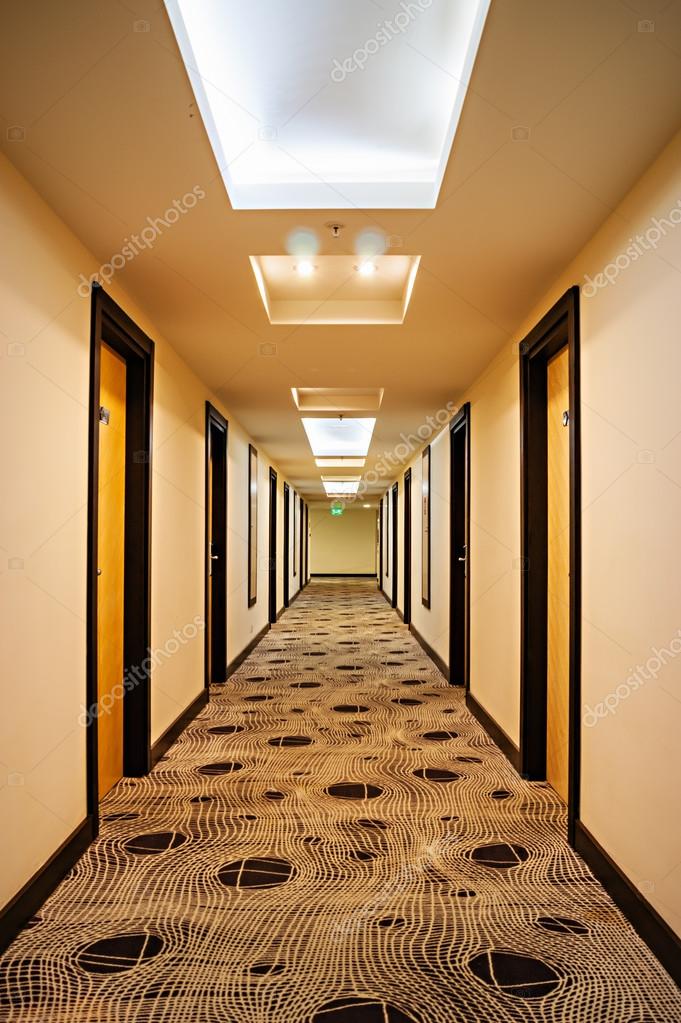

Corridors 6 and 8 would require longer crossings and more roadway infrastructure along a new alignment, likely resulting in greater impacts to sensitive environmental resources in and around the Chesapeake Bay. Corridor 7 would potentially have lower overall environmental impacts due to the shorter Chesapeake Bay crossing length and ability to utilize existing on-land roadway infrastructure along US 50/US 301.Corridor 7 would likely be the least costly of the three CARA because of the ability to utilize existing roadway infrastructure on US 50/US 301 and the shorter length of crossing over the Chesapeake Bay.Additional transportation capacity in Corridor 7 would result in greater peak-hour congestion relief on the Bay Bridge lanes compared to an equivalent number of lanes in Corridors 6 or 8.Additional capacity in Corridor 7 would divert substantially more traffic away from the Bay Bridge lanes in terms of total vehicles per day on both summer weekends and non-summer weekdays.Additional transportation capacity in Corridor 7 would provide the greatest traffic relief at the Bay Bridge and thus have a greater ability to meet the Tier 1 DEIS Purpose and Need.( See DEIS Chapter 5) Major conclusions of this analysis include: The analysis of traffic, engineering, cost, and environmental considerations indicate that Corridor 7 would have substantial advantages over the other Corridor Alternatives Retained for Analysis (CARA), Corridors 6 and 8.


 0 kommentar(er)
0 kommentar(er)
